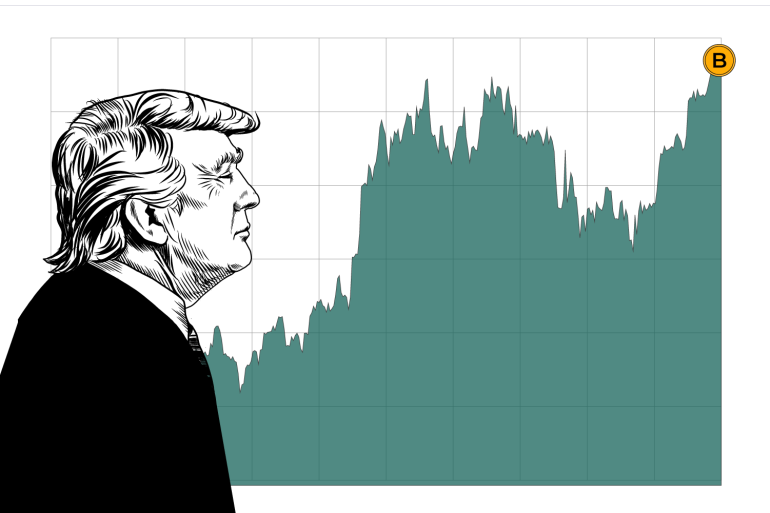On May 12, 2025, oil prices experienced an uptick as positive developments in U.S.-China trade negotiations alleviated market concerns. Brent crude futures rose by 43 cents (0.67%) to $64.34 per barrel, while U.S. West Texas Intermediate (WTI) crude increased by 48 cents (0.79%) to $61.50 per barrel. These gains followed a more than $1 increase on the previous Friday, culminating in over 4% weekly gains for both benchmarks—their first positive week since mid-April.
The rally was primarily driven by encouraging signals from trade discussions between the world’s two largest economies. Over the weekend, U.S. and Chinese officials reported progress in talks aimed at resolving ongoing trade disputes. U.S. Treasury Secretary Scott Bessent highlighted “substantial progress” in negotiations with Chinese Vice Premier He Lifeng in Geneva, noting that President Donald Trump had been briefed on the developments. A detailed briefing was anticipated on Monday.
Chinese officials echoed this sentiment, stating that both sides had reached an “important consensus.” While specific details were not disclosed, the positive tone of the discussions boosted investor confidence, suggesting a potential easing of trade tensions that have weighed on global economic growth and energy demand.
Market analysts noted that the optimism surrounding the trade talks supported sentiment in the oil markets. However, they also cautioned that plans by the Organization of the Petroleum Exporting Countries and its allies (OPEC+) to increase oil output in May and June might cap potential gains. Despite these plans, a Reuters survey indicated that OPEC oil output slightly declined in April, suggesting that the market might not be oversupplied in the near term.
In addition to the U.S.-China trade developments, ongoing negotiations between the U.S. and Iran regarding nuclear issues concluded without resolution but are set to continue. These talks have implications for global oil supply, as any agreement could lead to the lifting of sanctions on Iranian oil exports, potentially increasing supply in the market.
Meanwhile, U.S. energy companies reduced their active oil and gas rigs to their lowest count since January, according to data from Baker Hughes. This reduction in drilling activity could signal a slowdown in U.S. oil production growth, potentially tightening supply and supporting prices.
The broader financial markets also responded positively to the trade talk developments. Global stock markets rallied, with Wall Street futures climbing and the U.S. dollar strengthening against safe-haven currencies. Investors now anticipate potential tariff reductions, which could help stave off a global recession and support economic growth.
Despite the positive momentum, some analysts remain cautious due to the lack of concrete details from the trade negotiations. The absence of specific agreements on tariffs and other key issues leaves uncertainty in the market. A joint statement expected later on Monday may provide further clarity on the outcomes of the talks.
In summary, oil prices rose on May 12, 2025, as progress in U.S.-China trade talks improved market sentiment, suggesting a potential resolution to trade disputes that have impacted global economic growth and energy demand. However, the lack of detailed agreements and plans by OPEC+ to increase output may limit further price gains. Market participants await additional information from the anticipated joint statement to assess the future direction of oil prices.
Source: Reuters


